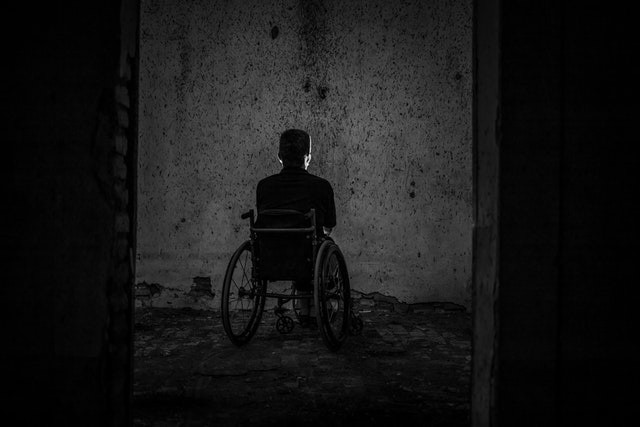Dr. Peter Scott-Moran, a British scientist, died after combating motor neuron disease for five years; he was 64 years old.
As specified in a report from The Sun, Dr. Scott Morgan was known for being "the world's first full cyborg," a human outfitted with implants.
Confirming his death on social media, the scientist's spokesperson said, "To his amazing rebel supporters, with a broken heart," he let the public know that "Peter passed peacefully" surrounded by his family and those closest to him.
He was very proud of all his supporters, the spokesperson explained, and his vision of changing how people see his disability.

Fully Robotic
In 2017, the scientist was diagnosed with MND and was given only two years to live. However, he was desperate to push the borers of science, so he set out to extend his life by turning into a fully robotic one.
He went through a series of comprehensive operations, including the "replumbing" of his stomach with a tube and a colostomy bag for his bowels.
He also had a laryngectomy to separate his esophagus and trachea, lessening his risk of deadly pneumonia, which meant he wouldn't be able to speak again.
Nonetheless, before he went under the knife, the scientist recorded tens of thousands of words and sentences, which he could then stimulate with his eyes.
Scott-Morgan also underwent eye surgery to optimize his sight at 70 centimeters, the distance from his face to the computer screen.
Meet Peter 2.0
He then developed a life-like avatar of his face, designed to react through artificially intelligent body language.
Later on, a New York Post report declared he had fully completed his transition into the world's "full cyborg" that would be called "Peter 2.0."
'World's first human cyborg' Dr. Peter Scott-Morgan dead at 64 https://t.co/ackvEYaEN8 pic.twitter.com/ex94z8YXg9
— New York Post (@nypost) June 15, 2022
He carried on to star in Channel 4 documentary "Peter: The Human Cyborg," during which he broke down in tears upon hearing for the first time his future robotic voice.
The scientist's enthusiasm and zest for life were awe-inspiring, and he truly taught the world that one could thrive with MND.
Motor Neuron Disease
Medical News Today refers to MND as a group of diseases that cause the motor nerves in the brain and spine to lose function over time. They are a rare yet severe form of neurodegenerative disease.
Essentially, motor neurons are nerve cells sending electrical output signals to the muscles that affect the muscles' ability to function.
MND can occur at any age, although the symptoms typically take place after the age of 50 years old. It also impacts more males compared to females. The most typical MND type is ALS or amyotrophic lateral sclerosis.
Stephen Hawking, a renowned English physicist, lived with ALS for many decades until his death in 2018. Moreover, Lou Gehrig, an American baseball player, also had ALS. This resulted in the illness being called "Lou Gehrig's disease.
A report about Peter Scott Morgan's death is shown on Open TV's YouTube video below:
Check out more news and information on Neurology in Science Times.
© 2025 ScienceTimes.com All rights reserved. Do not reproduce without permission. The window to the world of Science Times.












